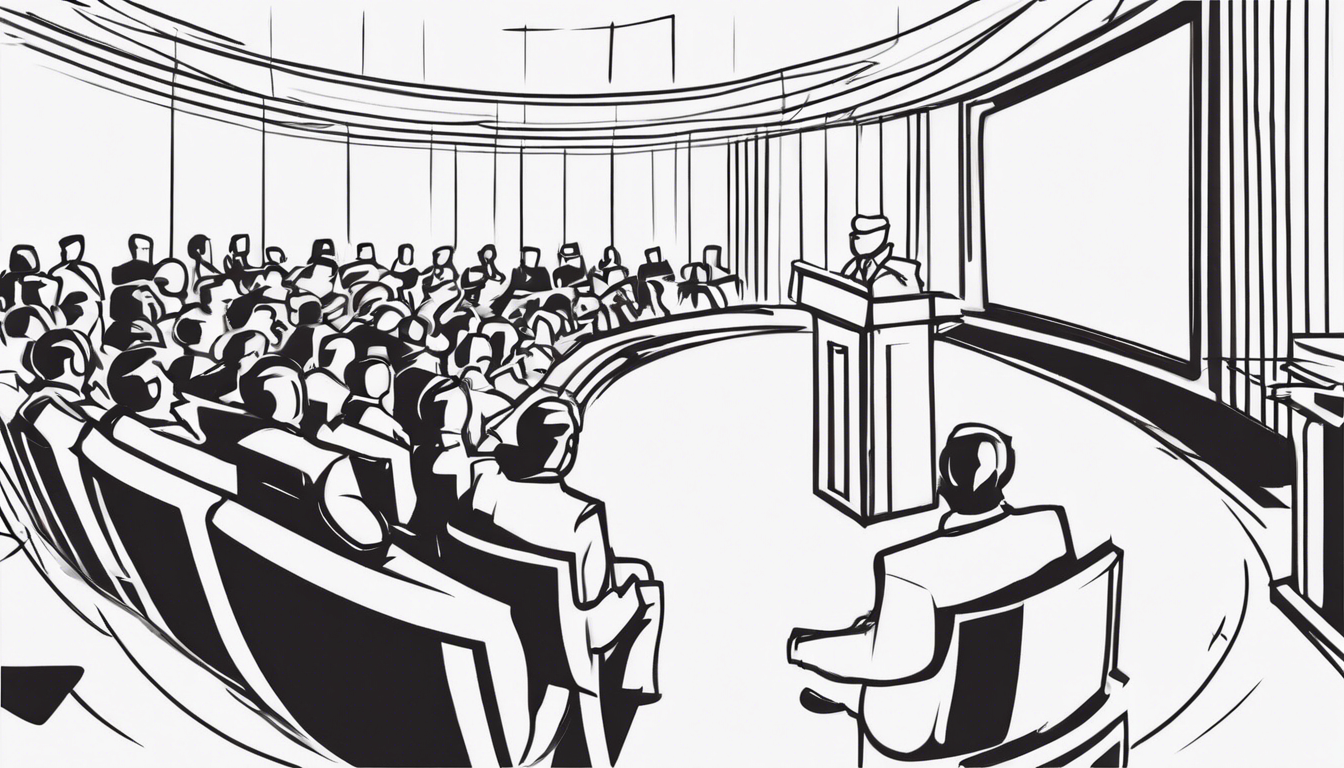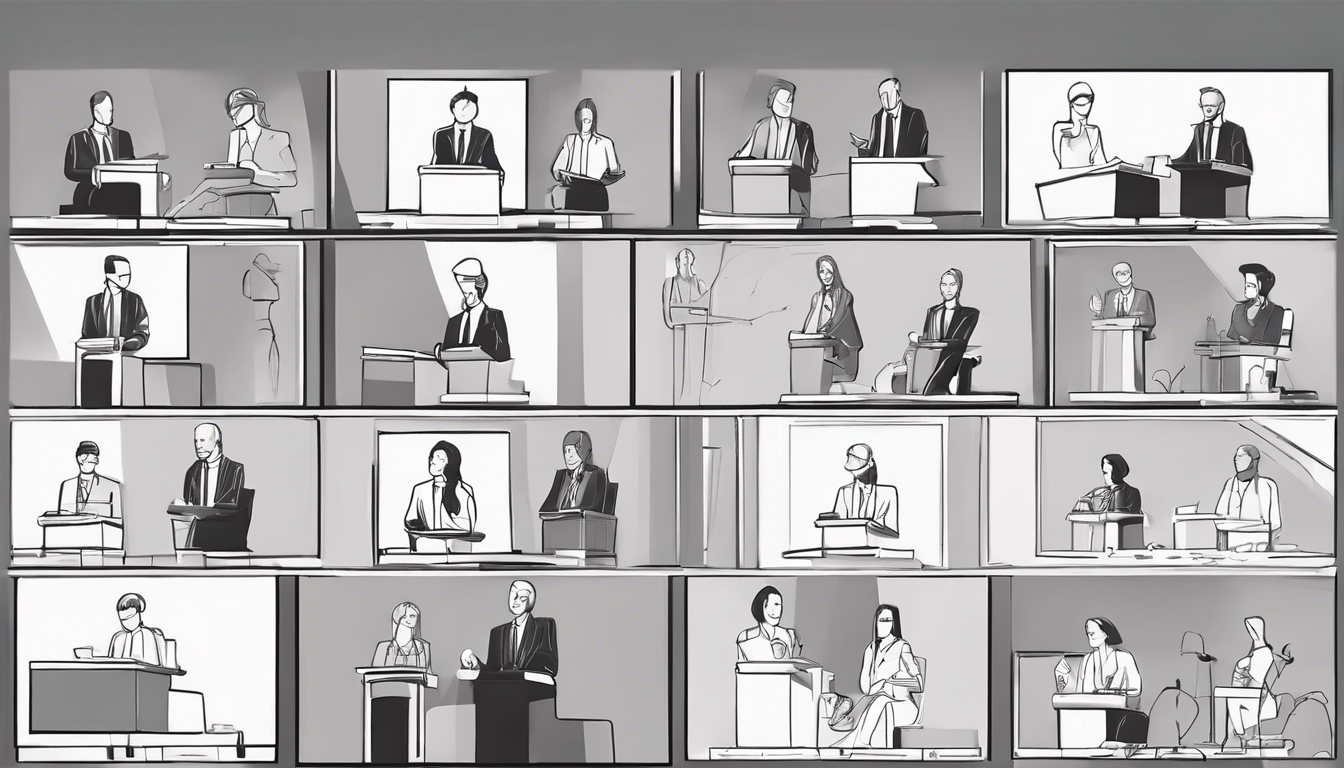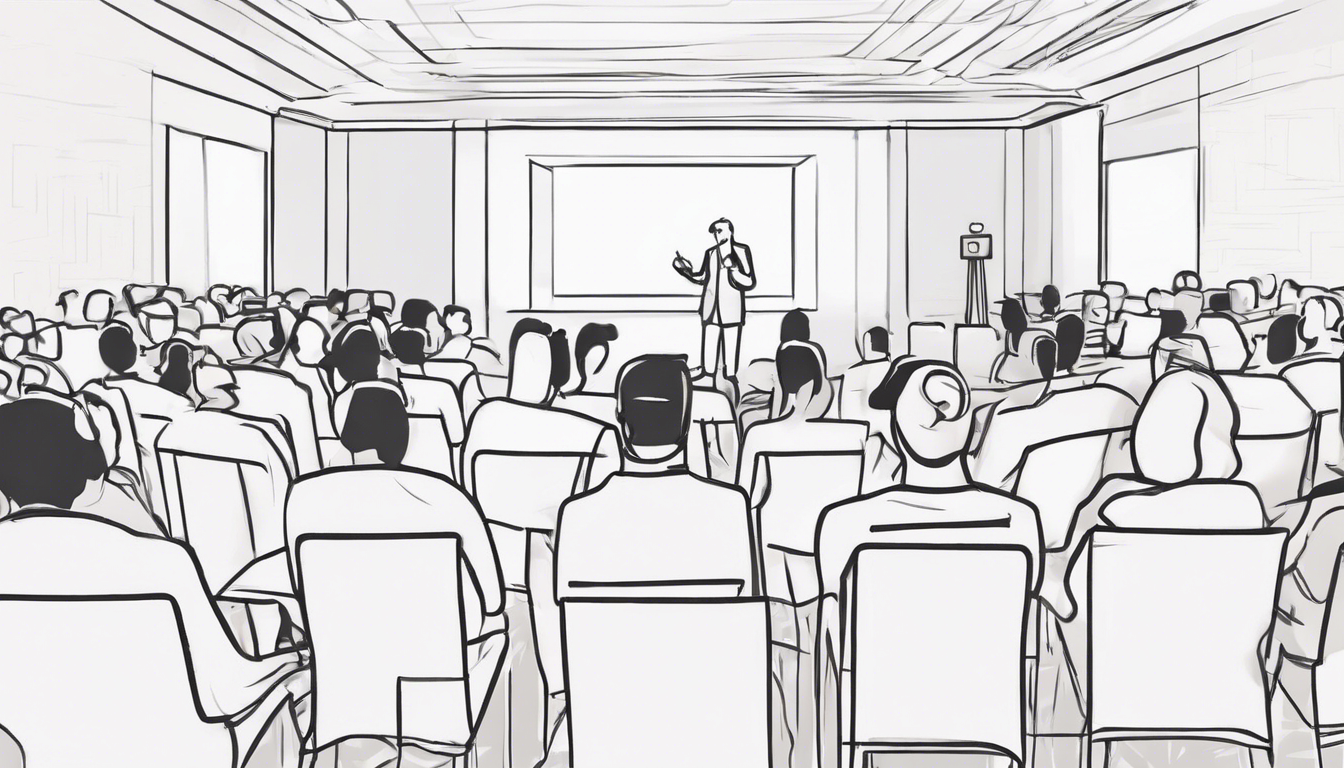Introduction
Welcome to the exciting world of keynote speeches! Have you ever wondered how long a keynote speech should be to captivate an audience? Well, you’re in the right place to find out. Keynote speeches are like the cherry on top of a delicious speech sundae – they set the tone, inspire, and leave a lasting impression. In this article, we will explore the ideal length of a keynote speech and the factors that influence its duration.
A keynote speech is not just any ordinary talk; it’s the star of the show, the main event that can make or break an event. These speeches are delivered by prominent speakers who aim to engage, motivate, and enlighten the audience. They are carefully crafted to resonate with the listeners and convey a powerful message. So, buckle up as we delve into the world of keynote speeches and unravel the mystery of their optimal length.
The purpose of this essay is to provide insights into the art of delivering a compelling keynote speech by focusing on its length. By understanding the historical context, factors influencing duration, and modern trends, readers will gain a deeper appreciation for the craft of public speaking. So, get ready to uncover the secrets behind the perfect keynote speech length and learn how to leave your audience wanting more!
Historical Perspective of Keynote Speeches

Keynote speeches have a rich history dating back to ancient times when leaders addressed their followers to inspire unity and action. These speeches were pivotal in shaping societies and rallying people behind a common cause. Over the centuries, keynote speeches evolved from grand orations in amphitheaters to intimate talks in modern conference halls.
Throughout history, iconic figures like Martin Luther King Jr., Winston Churchill, and Nelson Mandela delivered keynote speeches that moved nations and changed the course of events. These powerful orators understood the impact of their words and the importance of striking the right chord with their audience. Keynote speeches became a platform for visionaries to share their ideas and ignite change.
The influence of keynote speeches in history cannot be overstated. From political revolutions to technological advancements, these speeches have played a significant role in shaping the world we live in today. They have the power to inspire, challenge, and unite people from all walks of life, making them a timeless art form that continues to thrive in the modern era.
Factors Influencing Keynote Speech Length

The length of a keynote speech is influenced by various factors, including the type of event and the composition of the audience. A keynote speech at a corporate conference may differ in length from one delivered at a graduation ceremony. Understanding the context and expectations of the audience is crucial in determining the ideal duration of the speech.
Moreover, the speaker’s style and expertise play a significant role in shaping the length of a keynote speech. A seasoned speaker may be able to deliver a powerful message in a shorter time frame, while a novice might require more time to establish credibility and connect with the audience. Tailoring the speech to suit the speaker’s strengths is essential for a successful delivery.
Additionally, time constraints and the overall agenda of the event can impact the length of a keynote speech. Speakers must be mindful of the allocated time slot and ensure that their message is effectively conveyed within that timeframe. Balancing content, engagement, and time management is key to delivering a memorable keynote speech that resonates with the audience.
Typical Duration of Keynote Speeches

Keynote speeches come in various lengths, each serving a different purpose and catering to specific audience preferences. Short keynote speeches, typically lasting less than 15 minutes, are concise and impactful, delivering a focused message in a brief timeframe. These speeches are ideal for events with tight schedules or when the audience’s attention span is limited.
Medium-length keynote speeches, ranging from 15 to 30 minutes, allow speakers to delve deeper into their topic, engage the audience with anecdotes and examples, and build a stronger connection. This duration strikes a balance between brevity and depth, offering a comprehensive yet engaging experience for the listeners.
Long keynote speeches, exceeding 30 minutes, provide speakers with the opportunity to explore complex ideas, share in-depth insights, and inspire profound reflection. While longer speeches require careful pacing and audience engagement strategies, they can leave a lasting impact and resonate deeply with the audience. The duration of a keynote speech should align with the event’s objectives and the speaker’s message.
Strategies for Delivering an Effective Keynote Speech

To deliver an effective keynote speech, speakers must focus on engaging the audience from the start. Opening with a compelling hook, such as a thought-provoking question or a powerful anecdote, can capture the listeners’ attention and set the tone for the speech. Interaction, humor, and audience participation are key elements in keeping the audience engaged throughout the presentation.
Structuring the speech is essential for maintaining coherence and guiding the audience through the key points. A well-organized speech with a clear introduction, body, and conclusion helps listeners follow the speaker’s train of thought and retain the main ideas. Using transitions and signposts can aid in smooth navigation through the speech’s content.
Incorporating stories, examples, and visuals can enhance the impact of a keynote speech and make complex concepts more relatable. Personal anecdotes, case studies, and multimedia elements can bring the message to life and create a memorable experience for the audience. By blending storytelling with data and visuals, speakers can create a dynamic and engaging presentation.
Impact of Technology on Keynote Speech Length

Technology has revolutionized the way keynote speeches are delivered, offering speakers a wide array of tools to enhance their presentations. The use of visual aids, multimedia elements, and interactive features can add depth and interactivity to a speech, making it more engaging and memorable for the audience. From slideshows to videos, technology has opened up new possibilities for speakers to connect with their listeners.
Virtual keynote speeches have become increasingly popular, allowing speakers to reach a global audience from the comfort of their own space. Virtual platforms offer unique opportunities for interaction, live polling, and real-time feedback, enabling speakers to tailor their presentations to the audience’s preferences. While virtual speeches present their own set of challenges, they have expanded the reach and impact of keynote addresses.
Interactive elements, such as Q&A sessions, polls, and live demonstrations, can further engage the audience and create a dynamic experience. By leveraging technology to foster interaction and participation, speakers can make their keynote speeches more immersive and memorable. Embracing technological advancements can enhance the effectiveness of a speech and cater to the evolving preferences of modern audiences.
Challenges in Delivering a Keynote Speech

Despite the thrill of delivering a keynote speech, speakers often face challenges that can impact their performance. Nervousness and stage fright are common hurdles that speakers must overcome to deliver a confident and engaging presentation. Techniques such as deep breathing, visualization, and rehearsal can help speakers manage anxiety and deliver their speech with poise.
Time management is another critical challenge in delivering a keynote speech. Speakers must strike a balance between delivering their message effectively and adhering to the allotted time frame. Practicing pacing, timing key points, and anticipating potential disruptions can help speakers stay on track and ensure a smooth delivery.
Maintaining audience engagement throughout the speech can be a daunting task, especially in an era of constant distractions. Speakers must employ various strategies, such as storytelling, audience interaction, and dynamic delivery, to keep the listeners invested in the presentation. By adapting to the audience’s energy and feedback, speakers can create a memorable and impactful keynote speech.
Conclusion
In conclusion, the length of a keynote speech plays a crucial role in its effectiveness and impact on the audience. By understanding the historical significance, factors influencing duration, and strategies for delivery, speakers can craft compelling speeches that resonate with listeners. Whether short, medium-length, or long, a well-crafted keynote speech has the power to inspire, educate, and entertain.
When considering the ideal length for a keynote speech, speakers should tailor their content to the event, audience, and message they wish to convey. By striking a balance between brevity and depth, speakers can deliver a memorable speech that leaves a lasting impression on the audience. Remember, it’s not just about how long a speech is, but how effectively it communicates the speaker’s ideas and connects with the listeners.
As you embark on your journey to deliver a keynote speech, remember to embrace the challenges, leverage technology, and engage your audience with passion and authenticity. Whether you’re a seasoned speaker or a novice, the key to a successful keynote speech lies in your ability to captivate, inspire, and leave a lasting impact on those who are fortunate enough to listen. So, go forth and conquer the stage with confidence and charisma!





